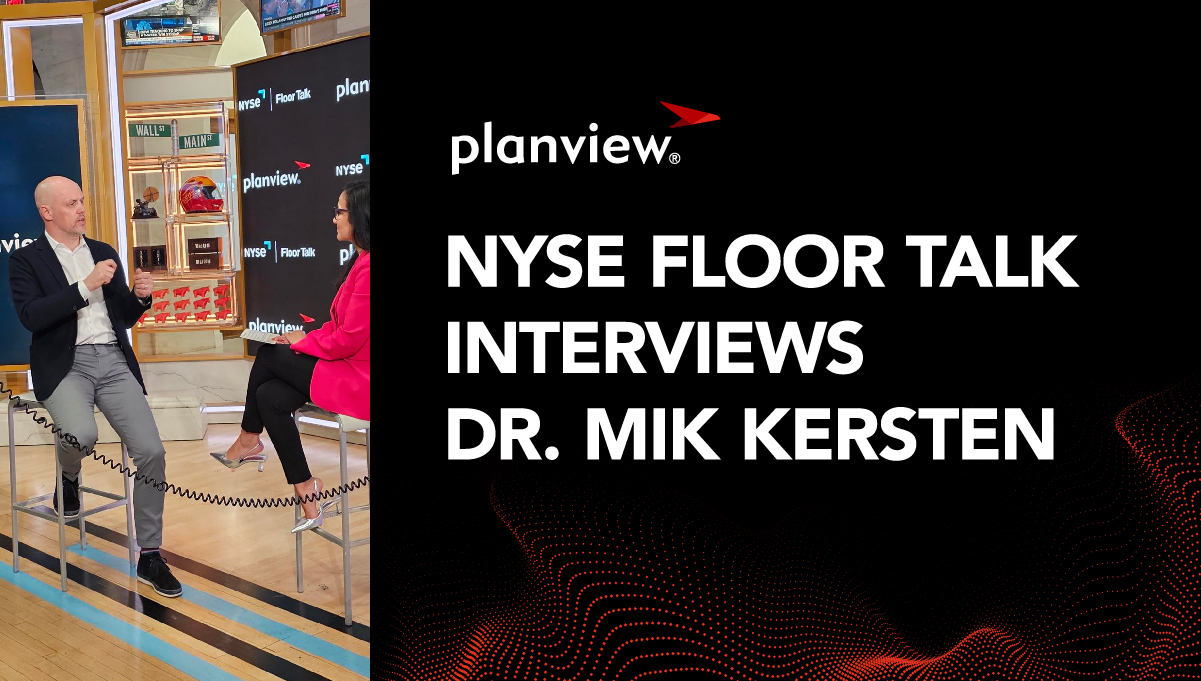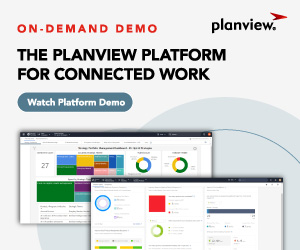
The recent proliferation of digital enterprise tools has allowed organizations to simplify and automate processes, reduce development time, and leverage new efficiencies.
Overall, this has been a boon to organizations.
But as companies have adopted more standalone tools for nearly every business activity imaginable, their ecosystems have become tangled with apps and software. And that which becomes tangled eventually becomes a hazard in more ways than one.
According to a 2023 survey by MuleSoft and Deloitte, large enterprises now use an average of 1,061 applications across their businesses.
When implemented in a way that supports the overarching enterprise strategy, these tools lead to greater efficiencies at the team and departmental levels.
But when implemented in a more tactical, ad hoc fashion, they can negate their own positive impact by:
- Adding complexity
- Requiring additional maintenance resources
- Negatively impacting budget targets
- Creating inefficiencies due to a lack of tool compatibility
- Increasing the potential for security breaches and data leaks
Simply put, an excess of unrelated (and often overlapping) software solutions—commonly referred to as tech bloat or vendor sprawl—leaves businesses tangled up in apps. Here are some of the top reasons to minimize and consolidate the number of tools in your organization.
1. Improved management and support
SaaS apps are virtually impossible to manage, secure, and support when your IT department doesn’t know about them. And according to Gartner®, “IT typically is aware of only a third of those due to decentralized ownership and sourcing.” 1
A comprehensive, centralized platform of technologies managed by IT helps ensure uptime, cost controls, improved utilization, and effective governance.
2. Providing a single source of truth
Multiple apps typically result in scattered, disconnected data silos that inhibit informed decision making around strategic initiatives, funding, and capacity requirements. That’s because only 29 percent of software tools are fully integrated.
The result is copious amounts of unmanageable data and no single source of truth. This impedes time to market, operational efficiencies, and properly evaluated strategic initiatives. A comprehensive platform, which includes integrated team tools, collects and stores data in one location to support fully informed decision making.
IBM’s Cloud and Cognitive Services division used an array of diverse financial forecasting and project management tools that made it difficult to predict future revenue. They needed a simple way to collect and analyze real-time, global data to improve revenue forecasting.
They realized this is a nearly impossible task without a single source of truth, a single solution, and a single set of processes. So, they replaced more than 10 separate regional revenue forecasting applications with Planview. Now, IBM’s executives have the global views they need to make strategic decisions fast while also driving efficiencies and identifying new revenue streams.
“With Planview, we collect and analyze data much more effectively without all the administrative and manual work. It’s ended the data chase of going to multiple places to get data.”
Michelle Ginther, IBM Executive Sponsor for the C&CS Enterprise Operations Team
3. Reduced costs
As inflation rises and recession looms, unused or duplicate tools become an intolerable drag on profitability. Dark Billing – the auto-billing and continuous subscriptions that typically fly below the radar – comes into focus.
According to a Gartner report, “Through 2027, organizations that fail to attain centralized visibility and coordinate SaaS life cycles will overspend on SaaS by at least 25% due to incorrect and unnecessary entitlements and not rationalizing overlapping tools and instances.”1
This overspending can be addressed by introducing a single platform that eliminates redundancies, minimizes dark billing, and delivers cost savings. Siemens Energy implemented the Planview platform to harmonize, standardize, and consolidate all its client operations into a single Collaborative Work Management solution. The result was an estimated €2 million in annual cost savings.
4. Enhanced security
Governing a disparate collection of tools is tedious and time-consuming and can open your network up to a host of vulnerabilities. According to Gartner, “Through 2027, organizations that fail to centrally manage SaaS life cycles will remain five times more susceptible to a cyber incident or data loss due to misconfiguration.” 1 A single platform diminishes the need for unidentified and unmanaged apps to connect to your network, thereby limiting unnecessary exposure to risk.
5. Minimized issue resolution time
When issues arise, the cause must be identified, potential fixes determined, and corrective action must be taken. Organizations with a single platform have only one place to look.
Those with a multitude of tools may be required to examine each one individually to locate and resolve the problem. Depending on the specific issue and its impact on your business, a comprehensive platform could mean the difference between success and failure.
6. Streamlined and simplified team tasks
Multiple apps and technologies require training and expertise across a spectrum of tools. This creates confusion, decreases productivity, and leads to employee burnout. A single platform means employees need to learn and develop proficiency across a single provider, simplifying processes and tasks and increasing productivity.
After implementing the Planview AdaptiveWork solution, Siemens Energy estimated they consolidated an average of five systems per department, saved 36,000 work hours annually, and, in the process, increased revenue by completing more client projects each year due to time saved.
7. Increased business agility
For virtually every business today, agility is the name of the game. Organizations must be able to ascertain where things currently stand, predict market developments, identify shifts as they happen, and turn on a dime to take advantage of new opportunities – all while keeping a line of sight into value streams, value delivery, and outcomes.
A collection of tools from disparate vendors will not facilitate this. Only a comprehensive platform will enable the flexibility organizations need to compete.
IT solutions provider Ingram Micro wanted to adapt more efficiently to change and uncertainty, ensure cross-team alignment, and maintain continuity and proper cadence as the organization pivoted to meet ever-shifting market trends.
Today, Ingram Micro uses Planview to combine “system thinking” with insight into their current portfolio to see how decisions will impact the enterprise so they can pivot more quickly. Planview facilitates Ingram Micro’s goal of enterprise-wide flexibility and optimization from strategy to delivery, allowing them to seize opportunities as they arise.
How Planview Can Help
Addressing the problem of software sprawl is becoming a business imperative for organizations tangled in apps.
While clearly, no single solution solves everything, Planview enables the elimination of countless apps by performing primary business functions via a single platform for connected work that helps tie top-down strategy to bottom-up delivery. This includes:
- Supporting innovation and profitability by improving predictability and time to value
- Supporting higher levels of productivity by increasing efficiency and performance
- Helping businesses meet strategic targets and minimize risk exposure by assisting in the selection of the right investments at the right time
Today’s decision-makers are finding that consolidating and integrating an endless pool of vendors into an easier, more secure, more manageable, and much more cohesive platform like Planview covers most of their business needs in terms of connecting work across the organization, with selected niche tools bridging any gaps.
Learn how you can consolidate software and get more done with greater efficiency using The Planview Platform for Connected Work.
[1] Gartner Market Guide for SaaS Management Platforms, 13 December 2022, By Dan Wilson et al. GARTNER is a registered trademark and service mark of Gartner, Inc. and/or its affiliates in the U.S. and internationally and is used herein with permission. All rights reserved




